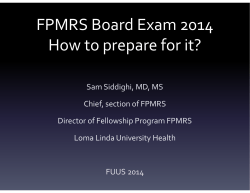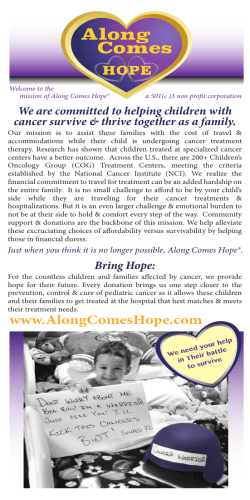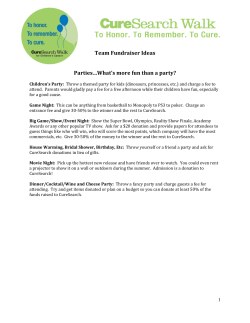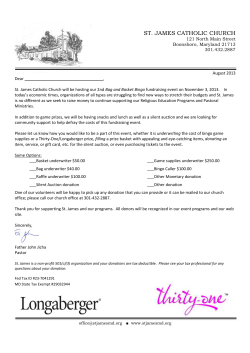
Document 111369
Q: How long is it from the time of removal by the Anatomy Board until cremation? A: In most cases, cremation will occur within a year to a year and a half, depending on when the body is released from the medical program. Q: What happens to the ashes of the cremated body? A: Following cremation, the ashes are interred in a dedicated gravesite in Sykesville, Maryland. Q: Can the ashes be returned to the family for burial or private disposition? A: Yes. You may designate on your donation form that the ashes are to be returned to the family by listing the name, address and telephone number of the person to receive them. The ashes will be returned in an urn suitable for burial or entombment. Poet Robert Test beautifully states: "The day will come when my body will lie upon a white sheet tucked neatly under the four corners of a mattress, located in a hospital busily occupied with the living and the dying. At a certain moment, a doctor will determine that my brain has ceased to function and that, for all intents and purposes, my life has stopped. "When that happens, do not attempt to.instill artificial life into my body by the use of a machine and don't call this my deathbed. Let it be called the Bed of Life, and let my body be taken from it to help others lead fuller lives. "GIVE my sight to the man who has never seen a sunrise, a baby's face of love in the eyes ofa woman. GIVE my heart to the person whose own heart has caused nothing but endless days of pain. GIVE my blood to the teenager who was pulled from the wreckage of his car, so that he may live to see his grandchildren play. GIVE my kidneys to a person who depends upon a machine to exist from week to week. TAKE my bones, every muscle, every fiber and nerve in my body and find a way to make a crippled child walk. EXPLORE every corner of my brain. TAKE my cells, if necessary, and let them grow so that, someday, a speechless boy will shout at the crack of a bat or a deaf girl will hear the sound of rain against a window. QUESTIONS & ANSWERS About the Maryland Anatomy Board's Body Donation Program STATE OF MARYLAND DHMH Maryland Department of Health and Mental Hygiene "BURN what is left of me and scatter the ashes to the winds to help the flowers grow. If you must bury something, let it be my faults, my weaknesses and all my prejudice against my fellow man. Give my sins to the devil. Give my soul to God. "If, by chance, you wish to remember me, do it with a kind deed or word to someone who needs you. If you do all I have asked, I will live forever. " For further information, call or write: State Anatomy Board Bressler Research Building, Room B-026 655 West Baltimore Street Baltimore, Maryland 21201-1559 410-547-1222 Day or Night 1-800-879-2728 In State Toll Free 410-706-8107 Fax Q: What is the purpose of the Anatomy Board Donation Program? A: To receive the body of a person who has donated his or her remains to the Anatomy Board for use in the advancement of medical research and education. Q: Is there a need for body donations? A: Yes. Donors are needed to support programs in medical education and research study. Q: How do I donate my body to the Anatomy Board? A: By completing an Anatomy Board donor form. You may write or telephone the Board to request this form and any additional information. Q: Are there any charges to my estate or my family for the Anatomy Board's services? , A: No. All costs are paid by the State, including transportation, embalming, and cremation. Q: Is there an age limit? A: The Anatomical Gift Act allows anyone 18 years of age or older to donate his or her body to the Board. Q: If a person dies and has not donated their body to the Anatomy Board by pre-registering, can the donation be made after-death by the family? A: An after-death donation may be authorized and accepted by the Board only if the Board determines that the body is suitable for medical study. Q: Who may donate a body after death? A: A person's right to determine disposition of the deceased is based on the following priority relationship: A) spouse; B) adult son or daughter; C) either parent; D) adult brother or sister; E) guardian at the time of death; or F) any other person or agency authorized to or under obligation to dispose of the body. Q: May I also donate to organ bank programs? A: Yes. If you are registered with an organ bank or the Driver's License Program, keep your card with any other identification you carry. Q: Suppose I die out of State? A: If a signed donor dies in one of the states surrounding Maryland, the family will have the cost of transporting the body into the State -- usually the closest funeral home inside the Maryland border. If a donor dies out of state and the distance to transport is unreasonable, then the closest Medical Teaching Facility should be notified, as well as the Anatomy Board's office. Q: How may I cancel my donation? A: Your donation may be cancelled at any time by writing to the Anatomy Board. Q: How is the Anatomy Board notified of my death? A: Notification to the Board is made immediately by the nursing home, hospital, or doctor in attendance. If there is no attending physician, the local police department should be contacted immediately. The Anatomy Board will arrange to have the body moved to its facility. Q: What happens to the body when it is received by the Anatomy Board? A: The body is prepared for use in a medical program, and held until it is released for study. Q: Who will use the body? A: The body will be used to support research and educational study programs at medical institutions. The Anatomy Board serves medical and dental schools, resident teaching programs, and other related health, education, and research study programs. Q: Is a funeral service held? A: No. The Anatomy Board assumes immediate custody of the body, so a funeral service with the body present is not possible. However, the family may elect to have a memorial service at any time. Q: What about a death notice in the newspaper? A: The family may place an obituary notice, at their own expense. The newspaper will confirm the death with the Anatomy Board prior to publication. Q: What happens after the body has been used in a medical program? A: The body is returned to the Anatomy Board and cremated.
© Copyright 2025





















